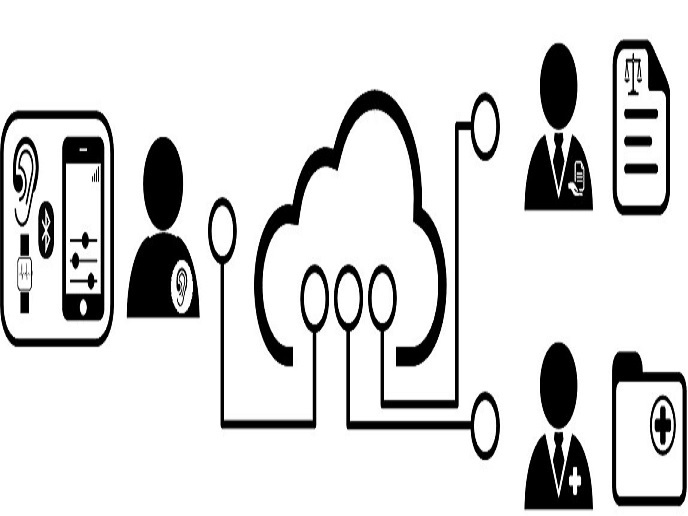The demographic behaviour of immigrants
The EU-funded 'International migrant families' (MIGFAM) project furnished policymakers with a new appreciation of the demographic dynamics of immigrants — a topic that has received little attention up to now. Past research on Europe's foreign-born population has focused mainly on how the country of origin influences immigrants' life choices in the host country. MIGFAM, however, looked at the host country to see how it influences immigrants' demographic behaviour. By doing so, MIGFAM filled a large knowledge gap about immigrants' demographic behaviour. Project members found that while immigrant couples have a lower divorce risk than non-migrant couples, mixed couples (non-immigrants married to immigrants) have a much higher likelihood of divorce. According to project members, this might be due to the fact that mixed couples face more social discrimination in the host country and are usually forced to cope by themselves with little support from social networks. Also of interest are the findings related to family planning patterns. One example is immigrants' fertility behaviour. The project team found that immigrants widely adapt to the local fertility behaviour of their host country. They tend to have fewer children in low-fertility countries, like Germany and Switzerland, and more children in Sweden and the Netherlands (countries with high fertility rates). By studying immigrants' demographic behaviour, MIGFAM has generated new scientific and policy-oriented knowledge to better understand Europe's growing demographic and cultural heterogeneity.







